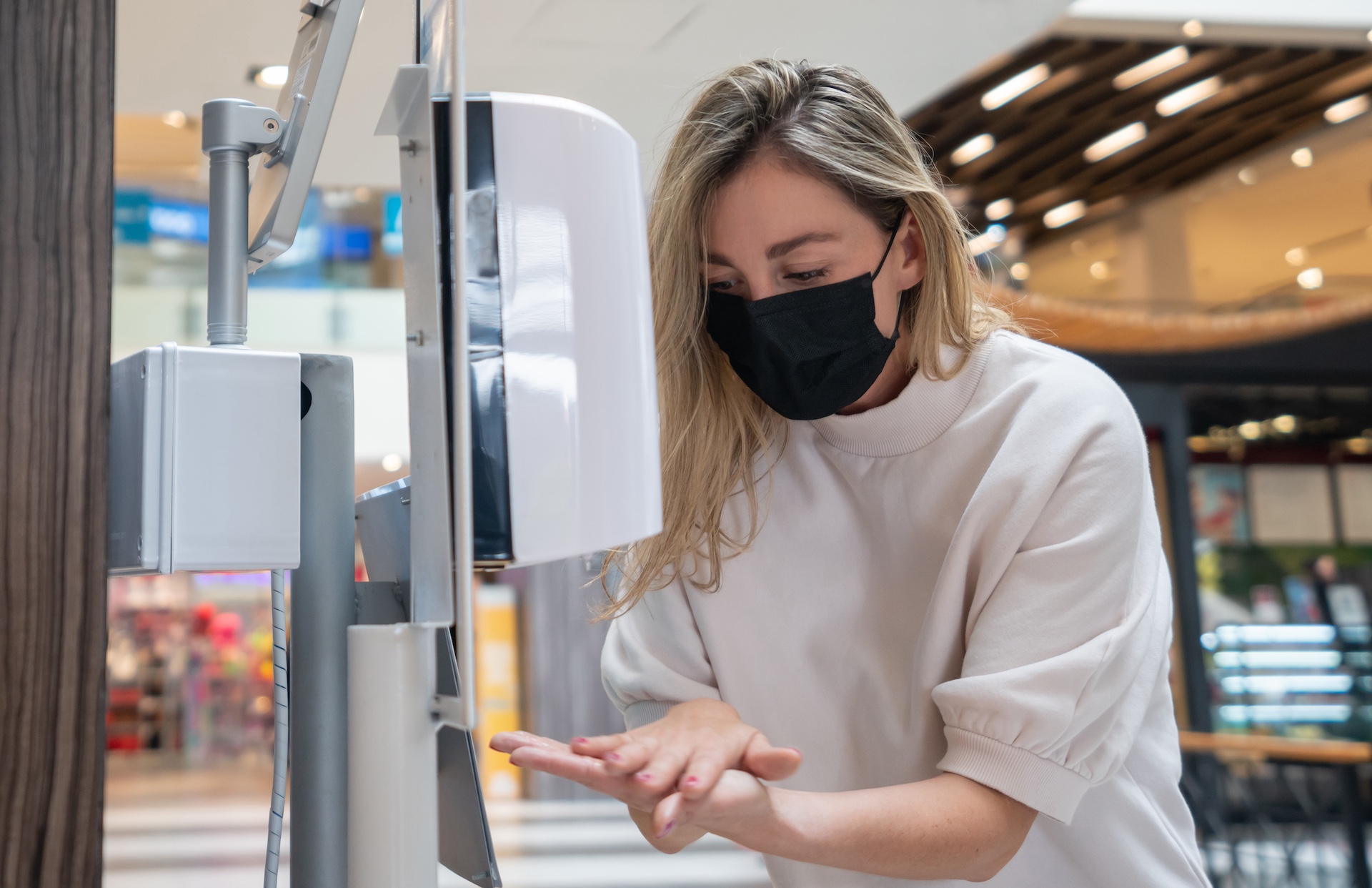From research and academia to clinical and industrial environments, lasers are precision tools with unlimited potential. A comprehensive laser safety program allows your organization to fully utilize advanced laser technology while minimizing risks that could jeopardize the well-being of your personnel, the integrity of your operations and overall laser-related initiatives.
Without a laser safety program, your organization is at an increased risk of:
- Injury and health risks to personnel and bystanders
- Legal and regulatory violations
- Costly equipment damage
- Reputation damage from laser-related incidents
- Loss of talent due to unsafe working conditions
TRC actively confronts these challenges by implementing proactive and sustainable laser safety solutions.
















